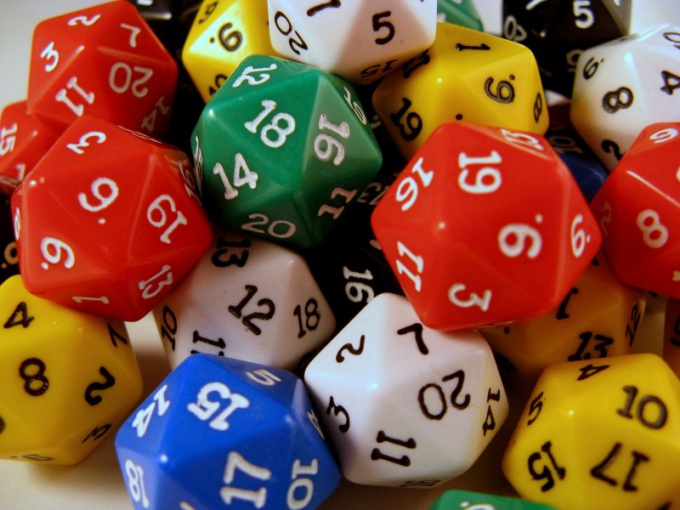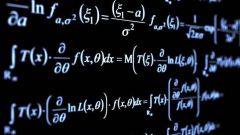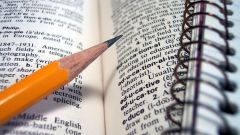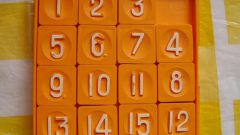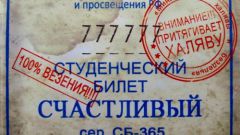You will need
- - list of questions for the exam;
- tutorials Wentzel E. S. or B. E. Gmurman.
Instruction
1
If you during the semester passed the words of the teacher by the ears, begin the study of the theory of probability with the absorption of essential definitions. Remember that this random variable, what are examples of random variables (dropped points on the tiles), what classes they share. Remember, what are the events, and that such a probability space. If a student floats in the ticket, most likely, the teacher will begin to ask the basic things, so knowing the definitions of these terms will be useful.
2
One of the most frequent moves of the teacher – to check knowledge of basic formulas. Write down on a separate sheet of important formulas, mark, which means you do not understand every symbol, and several times a day zadubrovie them. You now have the basis for the exam and for further study of the theory of probability.
3
Take a sheet with a list of questions for the exam and read it. Mark those questions which you know, then those tasks for which you will be able to give incomplete and vague answer, and proceed to the study of the third category of questions, the answers to which are unknown to you. After you cope with this task, read again the material on the points, knowing which you are very confident.
4
If you know that the ticket will be given a task, take a few days for the solution of typical examples of the theory of probability. Most likely the above teacher will appreciate the student who correctly coped with the practical task, though, and couldn't give a clear answer to a theoretical question than one who understands the theory with no practical skills. Write down some examples of solutions of problems on a separate sheet of paper and regularly re-read it.
5
If you study the theory of probability on their own and for their own pleasure, the most important thing for you is to find a good tutorial, written in plain language. Please note on the books authorship E. S. Wentzel, B. E. Gmurman.
